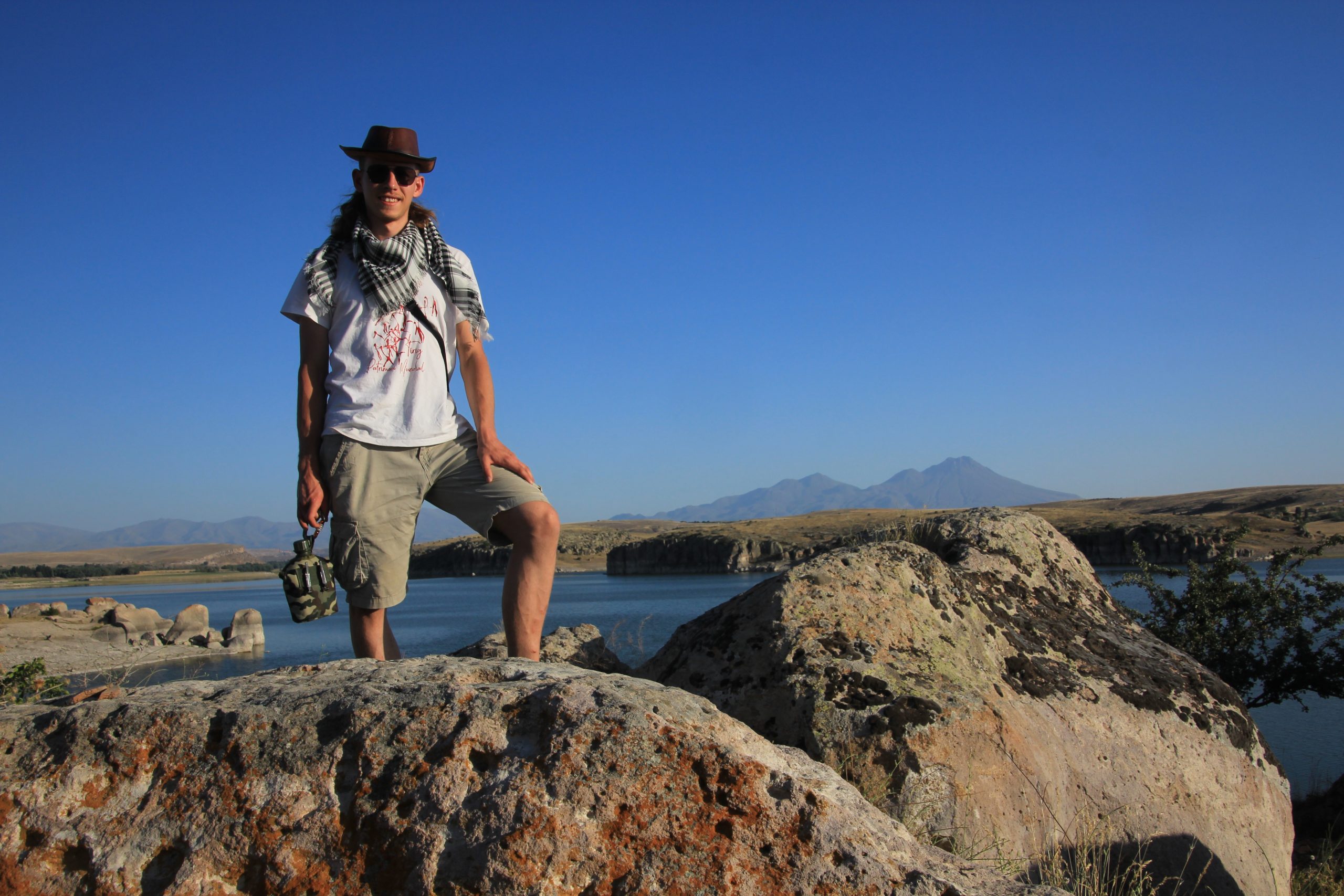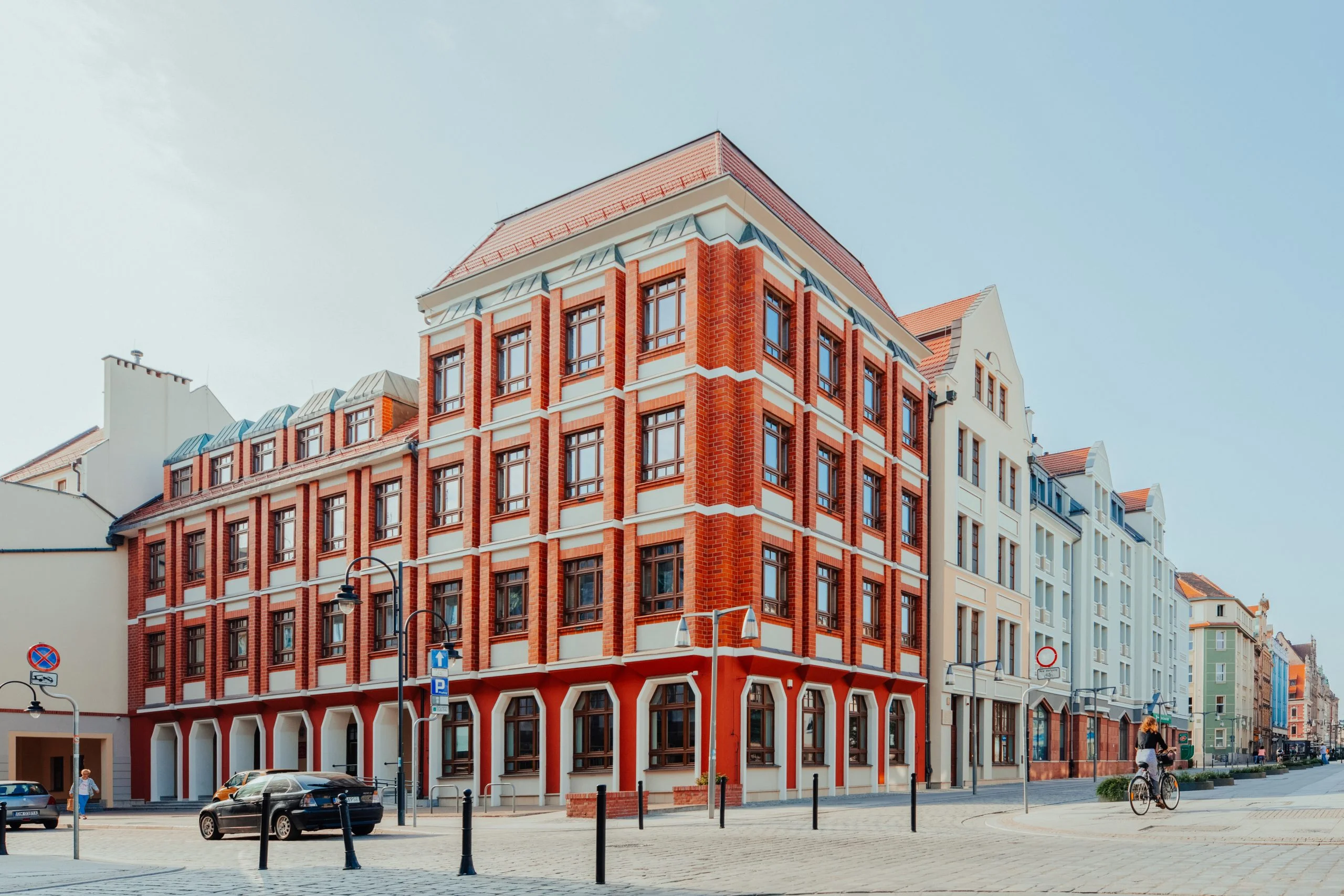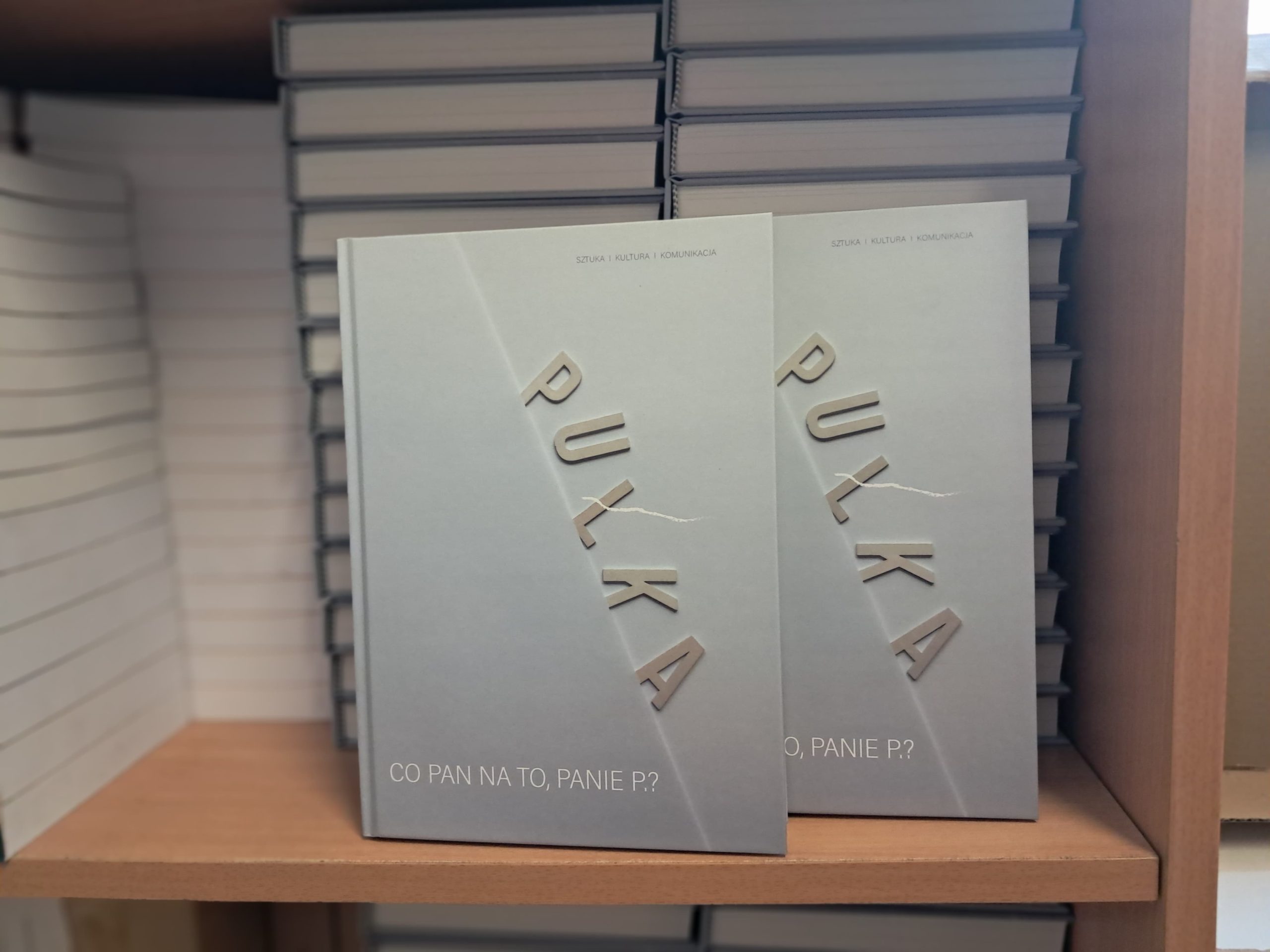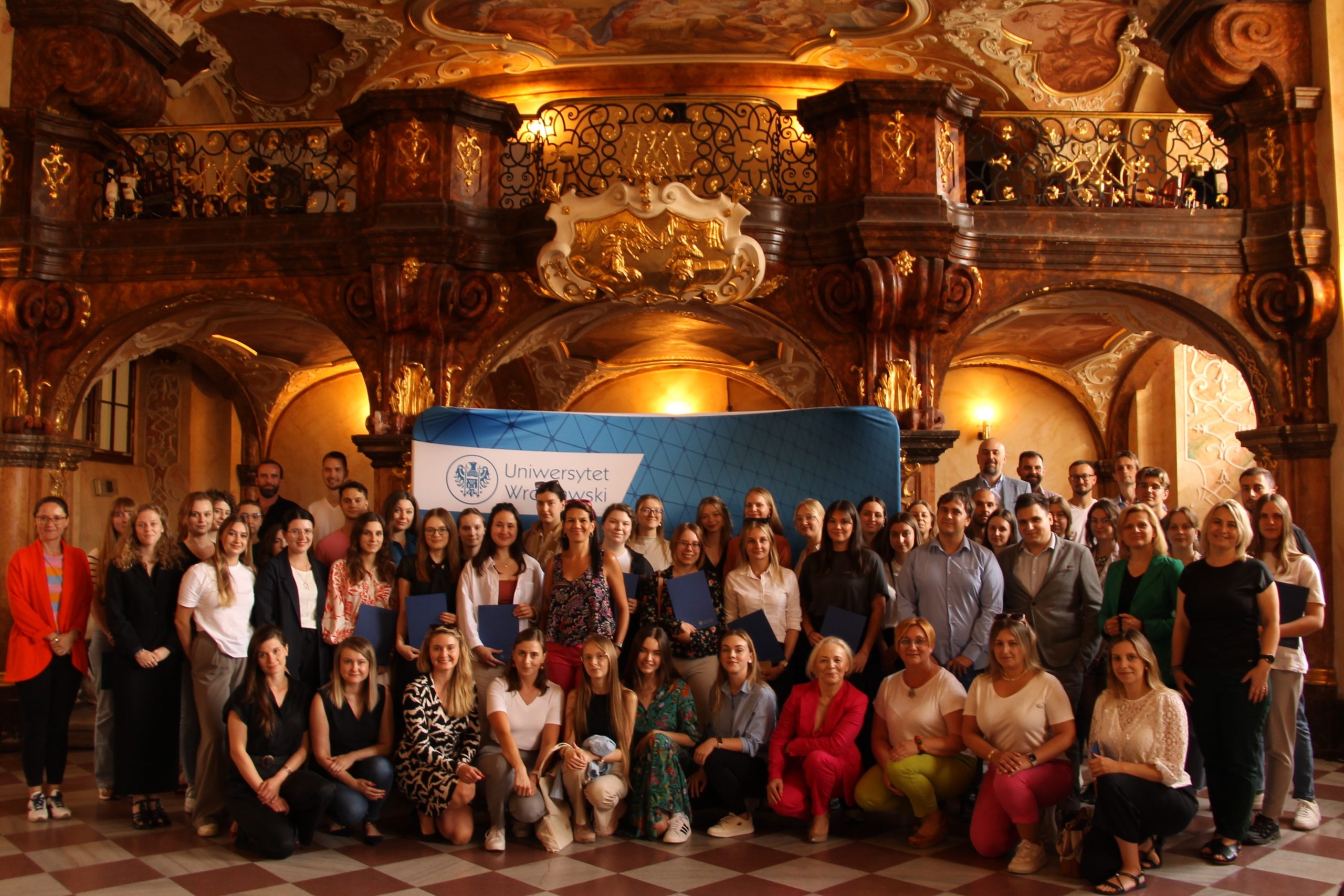News

The competition for temporary motivational allowances is open to academic teachers from all units of the University of Wrocław. There have already been 3 editions of this competition, in which a total of 150 allowances are awarded each year. Details on how to apply are available on the Research University website – Dodatki motywacyjne czasowe – NABÓR TRWA.

The Faculty of Law, Administration and Economics at the University of Wrocław teaches the best lawyers in Poland, and university candidates already know it! FLAE UWr ranked third in the 13th edition of the “Rzeczpospolita” Ranking of Law Faculties in the category of public universities, and first in terms of popularity of universities among candidates wishing to study law.
With the opening of the Online Candidate Registration System, recruitment for postgraduate studies at the University of Wrocław has also […]

Negative stereotypes about women in science are making themselves known in non-obvious ways. Presenting women as having achieved something important in a particular field of science sometimes makes audiences find the field less attractive, a study conducted in Poland has shown. The team described the so-called reverse Matilda effect.
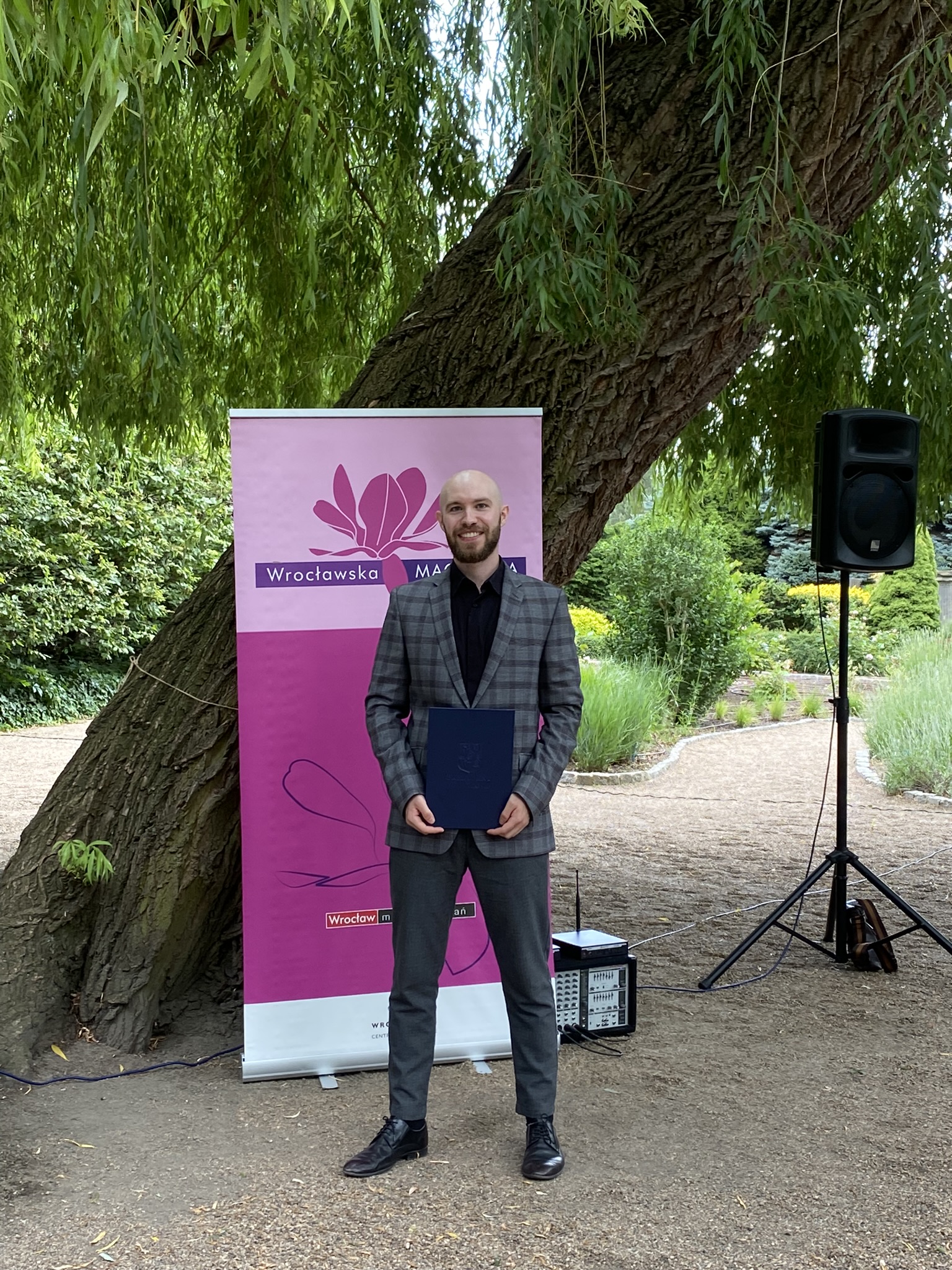
His master’s thesis entitled “Ocena możliwości retencyjnych warstw na potrzeby zagospodarowania wód opadowych na przykładzie osiedla Grabiszyn-Grabiszynek m. Wrocławia” under the supervision of dr hab. Sebastian Buczyński of the Department of Basic Hydrogeology was awarded. This is the only diploma thesis from the University of Wrocław awarded in the competition, which is addressed to graduates of Wroclaw universities, taking up in their works the subject of improving the widely understood quality of life of Wroclawian women and men, in terms of improving and protecting the environment, managing green areas and protecting human health.

The prestigious award, given annually in Wrocław, Poland, on Saturday, 24 June 2024, went to Javier Solana, a Spanish politician and diplomat who presided over NATO from 1995 to 1999 as its Secretary General, and from 1999 to 2009 held the post of High Representative for the Common Foreign and Security Policy and Secretary General of the Council of the European Union.

Mamy zaszczyt poinformować społeczność akademicką Uniwersytetu Wrocławskiego, że na wniosek prezesa Instytutu Pamięci Narodowej, postanowieniem Prezydenta Rzeczpospolitej Polskiej nr rej. 152/2024 o nadaniu odznaczeń z dnia 24 kwietnia 2024 roku za zasługi w działalności na rzecz niepodległości i suwerenności Polski oraz respektowania praw człowieka w Polskiej Rzeczpospolitej Ludowej, dr Dariusz Przybytek, kustosz w Oddziale Zbiorów Kartograficznych Biblioteki Uniwersyteckiej we Wrocławiu, został Odznaczony Krzyżem Wolności i Solidarności.
Logopedists, if you want to develop yourself and value a holistic approach to the patient, you are invited to join […]







